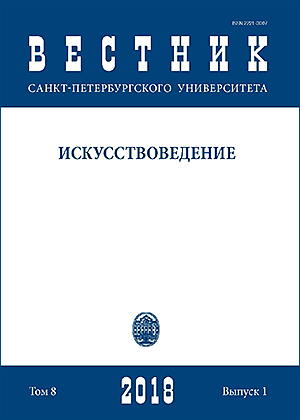Concerning the notable compositional kind of fugues in Bach’s “Well tempered clavier”
DOI:
https://doi.org/10.21638/11701/spbu15.2018.102Abstract
The paper focused on fugues from WTC which use the “Russian doll” principle in their composition. The work considers the prerequisites for building such structures and examineds some examples.The most significant among them are the fugues in G major from the WTC I and E major from the WTC II. Each of them has the sequence of subject entrances (in all fugue’s parts) immediately after the exposition according to rules of a strict counterexposition. In both examples a subject is modified: in the first case it presented in inverted form, in the latter one, pressed in stretto. A concept fugue in fugue is in accordance with Bach’s inclination toward supercompositions. And if this concept realized in his cyclic works as growing in breadth, outside, then, in the “Russian doll” fugues, the super-composition grows inward, making the structure internally complicated and far more significant. At last, both of the super-compositions types represent integrated device large and small, unity and stability of the universe.
Keywords:
J. S. Bach, Well Tempered Clavier, fugue, exposition, counterexposition, additional entry
Downloads
References
Downloads
Published
How to Cite
Issue
Section
License
Articles of "Vestnik of Saint Petersburg University. Arts" are open access distributed under the terms of the License Agreement with Saint Petersburg State University, which permits to the authors unrestricted distribution and self-archiving free of charge.







